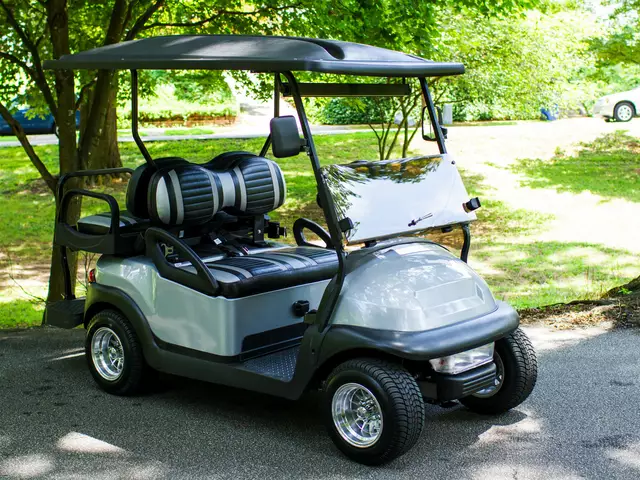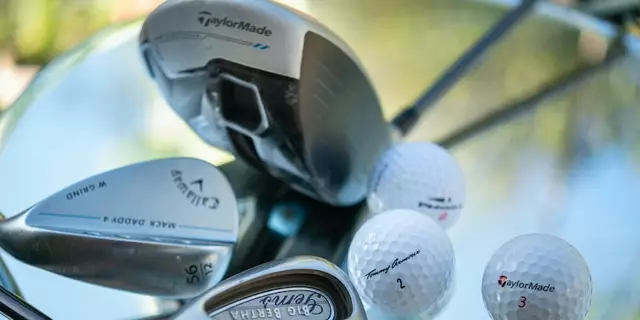Golf Cart Batteries: Powering Your Ride
When you hear the term golf cart batteries, the rechargeable cells that deliver energy to a golf cart’s electric motor. Also called electric cart power packs, they are the heart of any electric golf cart and dictate how far you can drive on a single charge.
Choosing the right battery starts with understanding the two most common chemistries. Lead‑acid batteries, a tried‑and‑true technology that offers affordability and reliable performance have been the standard for decades, but they’re heavy and need regular watering. On the other hand, lithium‑ion batteries, a lighter, high‑density option that provides longer run time and faster charging are gaining popularity despite a higher upfront cost. The type you pick will affect everything from charging speed to overall cart weight.
Key Factors to Consider
First, think about golf cart batteries capacity. Capacity, measured in amp‑hours (Ah), tells you how much energy the pack can store. A higher Ah rating means more miles per charge, but also a larger, heavier pack. Second, look at the golf cart charger, the device that restores battery power after each round. Charger output (amps) and charging algorithm (slow vs. fast charge) directly impact battery lifespan; a smart charger that matches your battery type can add years to its service life.
Maintenance habits form the third pillar. Lead‑acid cells require periodic water level checks and equalization cycles to prevent sulfation, while lithium packs need temperature monitoring and occasional cell balancing. Ignoring these steps shortens run time and can lead to costly replacements. Finally, consider the operating environment—extreme heat or cold can degrade performance, so choosing a battery rated for your local climate helps maintain consistent power.
All these pieces fit together in a simple chain: the battery type determines the charger you need, the charger influences maintenance routines, and together they set your cart’s range and reliability. Understanding this web of relationships lets you make an informed purchase that matches your playing style and budget.
Below you’ll find a curated selection of articles that dive deeper into each of these topics—whether you’re upgrading from lead‑acid to lithium, looking for the best charger for your setup, or need a quick maintenance checklist. Explore the posts to fine‑tune your cart’s power and keep your game moving smoothly.

- Feb 27, 2023
- Posted by Caspian Fairweather
Do you have to use distilled water in golf cart batteries?
This article discusses the use of distilled water in golf cart batteries. It explains that the lead plates inside a battery are the parts that need to be topped off with distilled water. The article states that when topping off the battery, it is important to use distilled water so that there is no contamination from minerals in the water. It is also important to check the water levels regularly and keep the battery well-maintained for optimal performance. The article also covers safety procedures for topping off the battery. In conclusion, distilled water should be used when topping off golf cart batteries to ensure maximum performance and safety.




